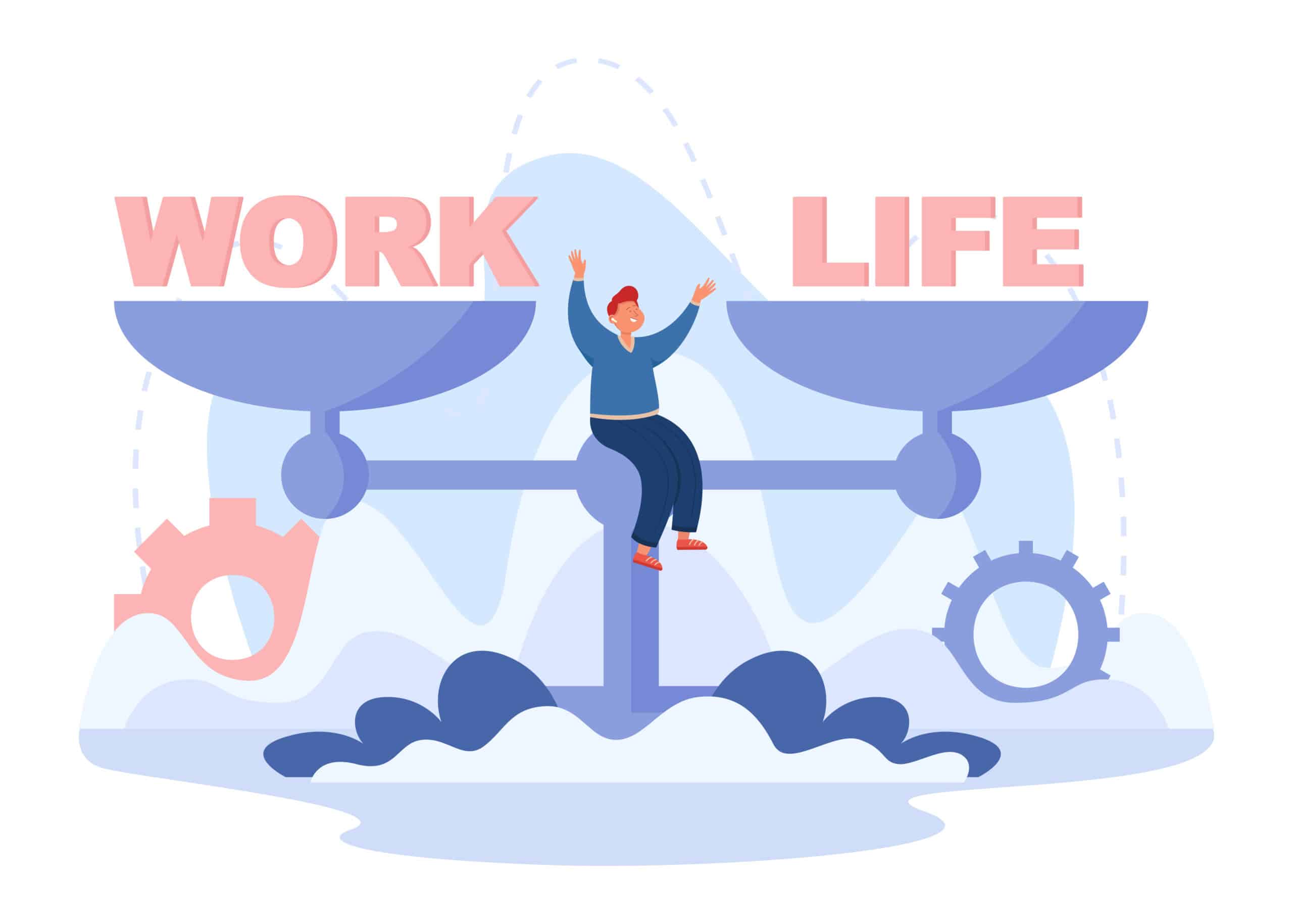
How to Maintain Work Life Balance
In today’s fast-paced world, achieving a healthy work-life balance is often easier said than done. With the demands of career, family, and personal well-being pulling us in different directions, it’s essential to cultivate strategies that promote harmony and fulfilment in all aspects of life. I have been doing food photography and managing my job; I have faced my problems but I have made many strategies which helped them manage my job and my food photography business at the same time. Here are some practical tips for maintaining work-life balance in the modern era.
Set Boundaries:
Establish clear boundaries between work and personal time. Define specific hours for work-related tasks and honor commitments to disconnect during non-working hours. Communicate these boundaries to colleagues and supervisors to ensure mutual respect for personal time. At the start of my food photography journey, I often set boundaries which helped me to focus on my job productively but also continuing food photography and making a great portfolio, planning the shoots, sourcing food photography props, and delivering the photos.
Prioritize Tasks:
Identify priorities and focus on tasks that align with overarching goals and values. Delegate or eliminate non-essential tasks to free up time for activities that bring fulfillment and joy. Learning to say no to excessive commitments is crucial for maintaining balance and avoiding burnout. I always set priorities that what is important right now, especially when you are doing 2 things at a time. In my early days of food photography, I used to manage my job, important tasks, and making sure that I am pursuing my food photography without compromising on my job.
Schedule Downtime:
Intentionally schedule periods of rest and relaxation into your daily and weekly routine. Whether it’s a leisurely walk in nature, a cozy evening with loved ones, or indulging in a favorite hobby, make time for activities that recharge your batteries and nourish your soul. As a photographer, we often continuously click pictures without taking a break, thinking about what clients will think about us, but it’s not correct. Like any other job or business, food photography is also a business, and you should take breaks while you are shooting. Don’t try to finish the shoot in a hurry; take your time and deliver the best work by also giving yourself enough time to enjoy the process.
Practice Time Management:
Implement time management techniques to optimize productivity and efficiency. Break tasks into smaller, manageable chunks, and allocate time for focused work periods followed by short breaks. Utilize tools such as calendars, planners, and productivity apps to organize tasks and stay on track. As a food photographer, I make sure that I plan my shoots well so that I can style, source backdrops, and finish the shoot as planned. Whether it’s food photography or any other business, planning and managing time will always help you to reduce stress and work more efficiently.
Establish Healthy Habits:
Prioritize physical and mental well-being by incorporating healthy habits into your daily routine. Make time for regular exercise, nutritious meals, adequate sleep, and stress-reducing activities such as meditation or yoga. Nurturing your body and mind is essential for sustaining energy and resilience in both work and life. During my early days of food photography, I make sure, apart from managing the work, I should also take care of my health. I developed my healthy habits such as going to the gym, eating healthy, etc.
Set Realistic Expectations:
Manage expectations, both of yourself and others, by setting realistic goals and deadlines. Avoid the trap of perfectionism and recognize that it’s okay to ask for help or seek support when needed. Cultivate a mindset of progress over perfection and celebrate small victories along the way.
Communicate Openly:
Maintain open communication with employers, colleagues, and loved ones about your needs and priorities. Advocate for flexible work arrangements or accommodations that support work-life balance, such as telecommuting, flexible hours, or compressed workweeks. Foster a supportive network of peers and mentors who understand and respect your commitments outside of work. During the early days of my food photography, I always discussed everything with my close friends. Sometimes I used to make really high expectations and get demotivated. Be it any career, food photography, or an IT job, share everything with your close ones; it helps.
Disconnect Regularly:
Create boundaries around technology use to prevent work from encroaching on personal time. Designate tech-free zones or times, such as during meals, evenings, or weekends, to fully disconnect and engage with loved ones or leisure activities. Set auto-responses for emails outside of working hours to manage expectations and minimize distractions. Sometimes you need to take a break also from things even you love doing. Sometimes you need to stop thinking about something that you love the most. In my case, it’s food photography. I always think about food pictures and food styling, but sometimes it creates a creative burnout in your mind, so you need to relax and just totally distance yourself from the work. I usually think about some dishes and how do I style them, how would I style a burger or a pizza, what would make it look more delicious, and how can I have great food pictures.
Invest in Relationships:
Nurture meaningful relationships with family, friends, and colleagues to cultivate a sense of connection and belonging. Prioritize quality time with loved ones and create rituals or traditions that strengthen bonds and create lasting memories. Foster a supportive work environment that values collaboration, camaraderie, and work-life balance. Make friends, spend time with your parents and siblings and in my case cook for them and why not post these amazing food dishes online also.
Embrace Flexibility:
Be adaptable and willing to adjust plans or priorities as circumstances change. Recognize that achieving work-life balance is an ongoing process that requires flexibility and resilience. Embrace imperfection and embrace the ebb and flow of life with grace and gratitude.
In conclusion, maintaining work-life balance requires intentional effort and commitment to prioritizing what truly matters. By setting boundaries, managing time effectively, prioritizing self-care, and fostering meaningful connections, individuals can achieve greater harmony and fulfillment in both their professional and personal lives.
